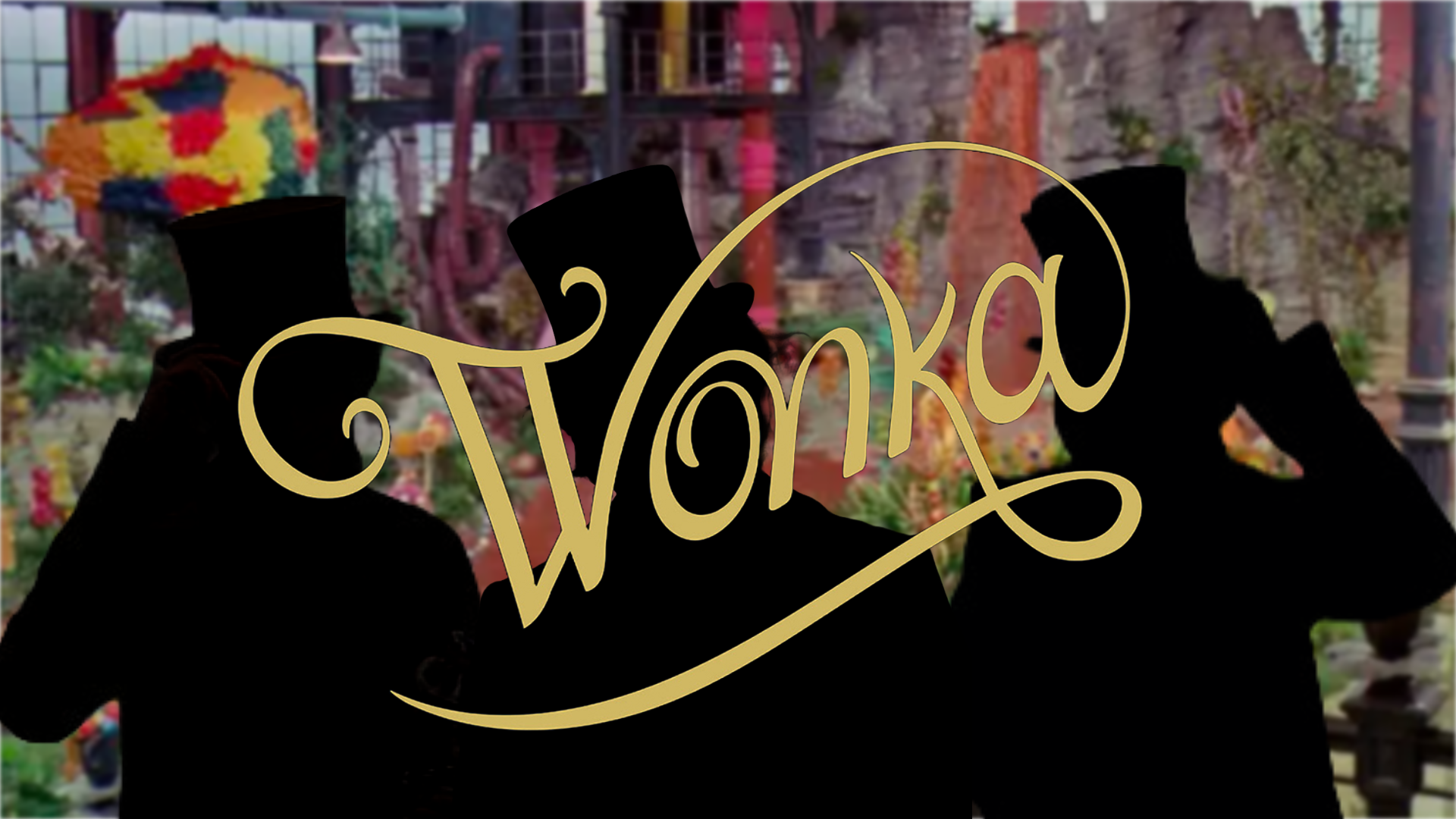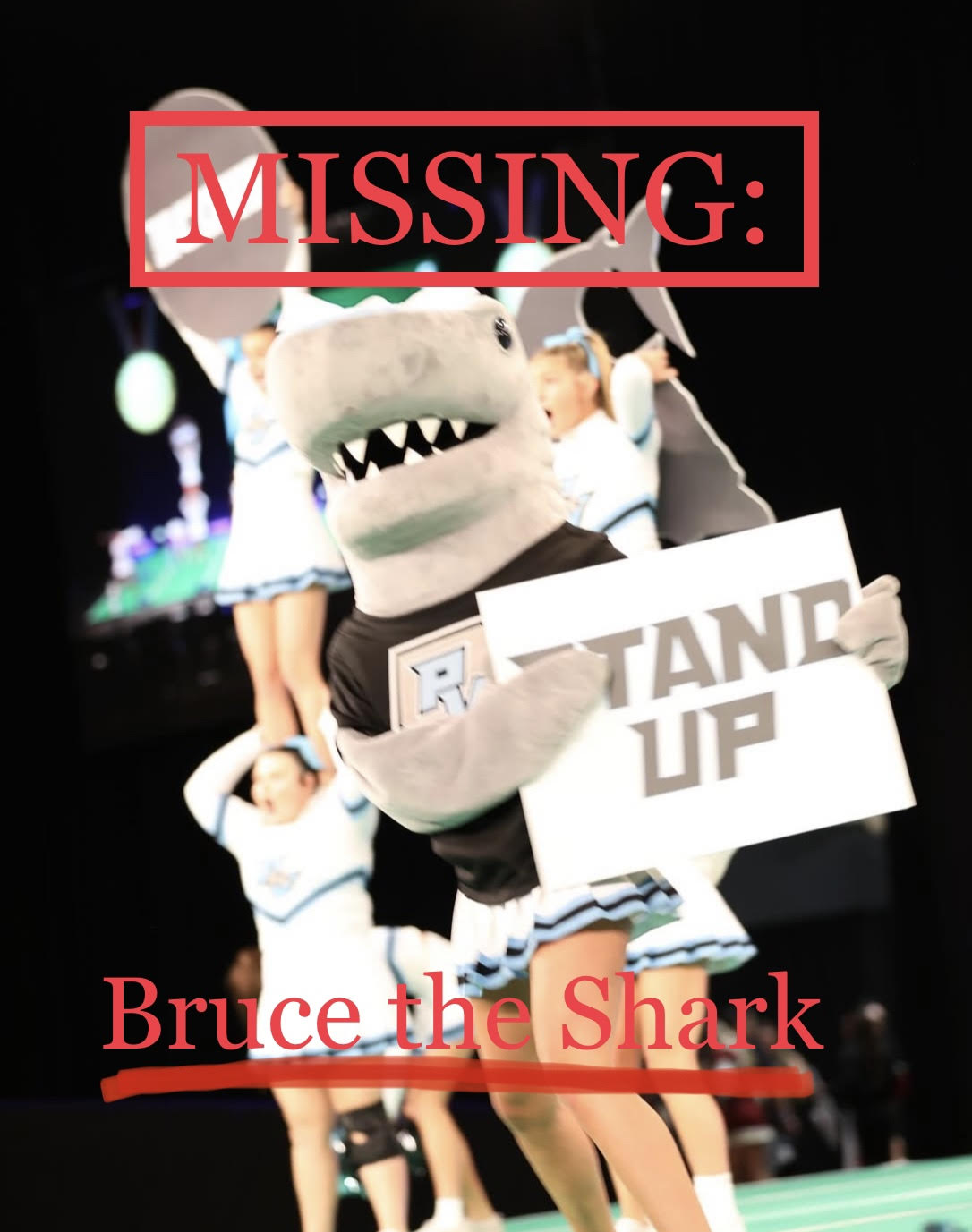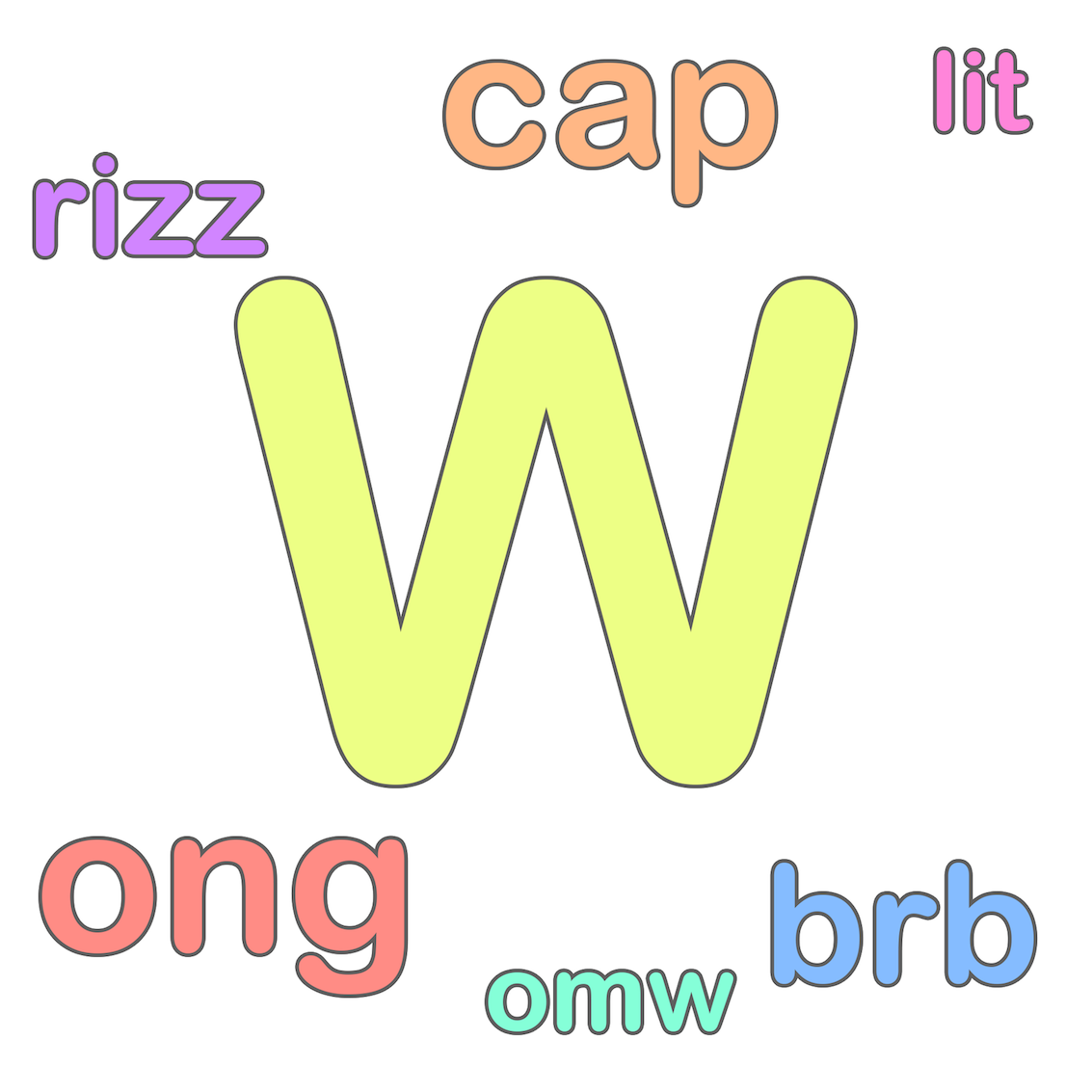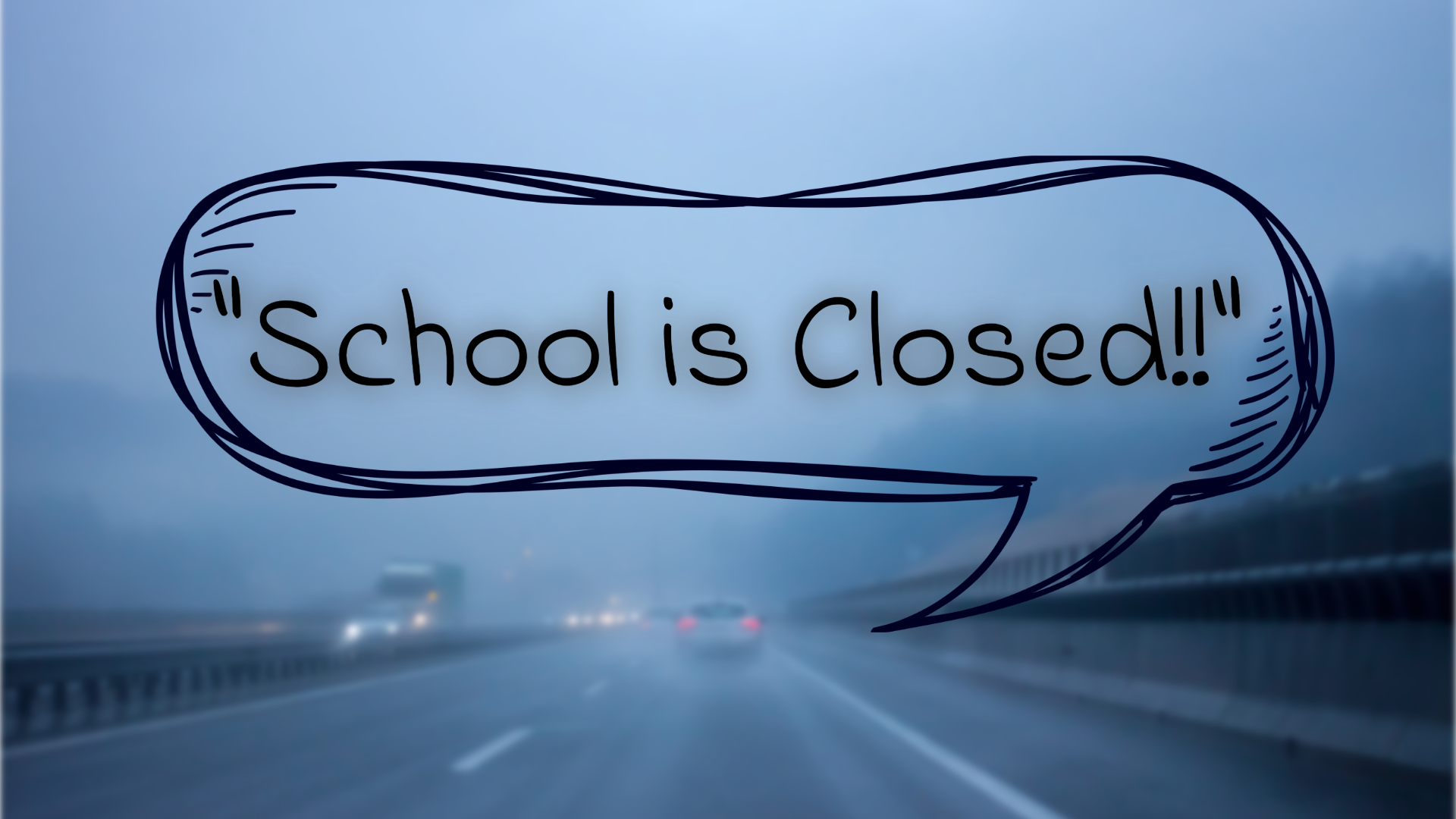By Philip Berkwit
In December of 2023, “Wonka” was released in theaters, making over 600 million dollars, and receiving positive reviews. The title character was based on the works of Roald Dahl. Dahl was a British author who continues to be known for his immensely popular works of children’s books. These books include “Matilda,” “Fantastic Mr. Fox,” “The BFG,” and of course “Charlie and the Chocolate Factory.” The latter book has become by far his most popular book, debuting his iconic character, Willy Wonka. Many of Dahl’s books have been adapted into films, but “Charlie and the Chocolate factory” has by far been adapted the most with three major films being made based on the book’s world. However, these three films are greatly different when it comes to their style, their music, and especially how faithful they are to Dahl’s book.
“We remember the darkness, and we remember the sort of saltiness, but there’s a huge sweetness, and I think that’s why Roald Dahl works so well. It’s got this sort of brittle exterior, but there really is a beating heart of joy and love to his stories that makes them endure.”
Paul king
The Directors Style
The three major film adaptations of Dahl’s book are “Willy Wonka and the Chocolate Factory” (1971), “Charlie and the Chocolate Factory” (2005) and “Wonka” (2023). These films were all made at hugely separate times, so as expected, their directors and their style are also hugely different. Starting with the 1971 classic. “Willy Wonka and the Chocolate Factory,” Mel Stuart was the film’s director. Excluding Willy Wonka, Stuart was not very well known for making children’s media. In fact, he made many documentaries and dramas. However, Stuart did not see Dahls work as just for kids. As reported by The Guardian, Stuart stated, “I felt that it wasn’t just a children’s book but rather a complex morality tale about good kids and bad kids, good parents and bad parents.” Stuart also said about the character of Wonka, “Moreover, in the character of Wonka, I saw parts of myself. He didn’t talk down to children or suffer bratty behavior. I had always treated my children as little adults growing up.” This ideology is very much present in the classic film. Although the film is very whimsical, it is not afraid to be more than a kid’s film.
The Next adaptation, “Charlie and The Chocolate Factory” was directed by Tim Burton. Burton is a massively popular director with a unique style. Burton is known for directing “Beetlejuice” (1988), “Batman” (1989), “Edward Scissorhands” (1990), “Alice in Wonderland” (2010), and many more films. His films have an extremely creepy and unsettling style to them. Despite this, Burton has made many movies based on children’s books, including his version of “Charlie and The Chocolate Factory.” According to StudioBinder, “The American suburbia Tim Burton aesthetic is defined by bright and bold colors, as well as 1960s architecture and cars. It stands in stark contrast to Burton’s theatrical side, which is defined by Gothic overtones and mechanical machinations and heavily inspired by German Expressionism.” Burtons gothic style is on full display in “Charlie and The Chocolate Factory” as the film abandons much of the whimsical aspects of Stuarts adaptation for a very visually unsettling and darker version of this story.
The Last adaptation, “Wonka” was directed by Paul King. King is best known for being the director of the ‘Paddington” movies. These films have a very wholesome and sweet feel to them. King continues this style in his version of Dahl’s work. As reported by npr.org, King said in an interview, “Our movie is set 25 years before the events of The Chocolate Factory, and I was interested in taking that spirit of generosity that exists at the heart of Willy Wonka.” King embraces a very uplifting, whimsical, and charming style, rather than the darker style that Burton embraced.
Music
Every film adaptation of this story has been a musical. “Willy Wonka and the Chocolate Factory” brought forth multiple iconic songs. This includes “Oompa Loompa,” “Pure Imagination,” and “The Candy Man.” The music was composed by Anthoy Newley, Walter Scharf, and Leslie Bricusse. These musical numbers are very whimsical and continue to be extremely iconic today.
Burtons version makes major changes when it comes to music. The film’s composer was Danny Elfman. Burtons version is still a musical, but the only characters who sing are the Oompa Loompas. They sing the iconic “Oompa Loompa” song, but each time the song is reprised, the style of the song changes by a decade.
Paul King’s version of Wonka goes for a musical style that tries to mix the original 1971 music with a more modern style. The music was composed by Neil Hannon and Joby Talbot. It brings back “Pure Imagination” and it has an updated version of the “Oompa Loompa” song. The film also has a variety of original musical numbers.
Faithfulness.
All these films were inspired by Dahl’s book, but they all make changes to the original source material. The 1971 version was the only version Roald Dahl was alive to watch and he absolutely hated it. According to ScreenRant, “The Willy Wonka movie was different to its source material, not least due to changing the title from Charlie and the Chocolate Factory to Willy Wonka and the Chocolate Factory; a change Dahl reportedly despised. The writer also apparently took issue with the casting of Gene Wilder, finding him “pretentious,” while Dahl wanted Spike Milligan or Peter Sellers to portray the candy man. Additionally, Dahl was reportedly frustrated by the film’s iconic musical score, apparently finding it “sappy” and “overly sentimental.”This dislike also extended to the character of Charlie Bucket and the 1971 Willy Wonka film as a whole.”
Despite Dahl’s dislike of this version, the main plot points are like the book. The story follows a poor boy named Charlie as he witnesses Wonka’s chocolate factory, and becomes the only boy left to inherit the factory. However, the style of the film is much more whimsical than Dahl wanted. The film also makes some changes in the story, like how Charlie is more of a flawed character. He doubts himself and gets frustrated in the film, he even steals in a way from Wonka by drinking Wonka’s fizzy lifting drinks. However, Charlie is still shown to be a nice kid who is trying to do good. Another huge change the movie made was the depiction of Oompa Loompa’s. In the book, they are depicted in a way that has led some to theorize that Dahl wanted the Oompa Loompas to represent slaves. Dahl had an infamous reputation of having antisemitic and racist depictions in his books. The movie changes the look of the Oompa Loompa’s to be miniature people who have green hair and orange skin. It is also stated in the film that Wonka saved them from their homeland.
The 2005 version tries to be a much more faithful adaptation. It gets the name right this time, being called, “Charlie and the Chocolate Factory.” The story is also less whimsical, adding more of an edge to the story. It removes many of the elements that the 1971 version added like the new character traits of Charlie. It also surprisingly goes more in depth with the Oompa Loompas, highlighting their homeland. However, the Oompa Loompas are still different from the book. In this version, it’s explained that Wonka got them to work for him in exchange for coco beans. They are also displayed as just one actor, Deep Roy, wearing a bright red jump suit. The biggest difference that this version makes from the book is that it adds a backstory for Wonka. His obsession with chocolate began at an early age, which his father, who worked as a dentist, disapproved of. This dispute caused Wonka to abandon his father, but because of Charlie and his love for his family, Wonka decides to return to his father. The two quickly make amends.
Paul Kings’ 2023 version is the most dissimilar from Dahl’s work. However, that’s because Kings’ version is a prequel to the 1971 film. Because of this, it is completely different from the book, but it still uses the characters and the world that Dahl brought alive, and it points back to the 1971 film many times. This story follows a young Willy Wonka who has dreams of becoming a famous chocolate maker. His love for chocolate is because of the memories of chocolate that he had with his mother before her death. However, Wonka must go against a corrupt town that has lost its dignity due to the system being controlled by Chocolate Smugglers. The Oompa Loompas have the same design as they did in the 1971 version. The story shows their homeland, but it only explains how Wonka was able to gain a friendship and employee with one Oompa Loompa. This original story goes for a sweet style. In an interview with Npr.org, King stated, “we remember the darkness, and we remember the sort of saltiness, but there’s a huge sweetness, and I think that’s why Roald Dahl works so well. It’s got this sort of brittle exterior, but there really is a beating heart of joy and love to his stories that makes them endure.”





